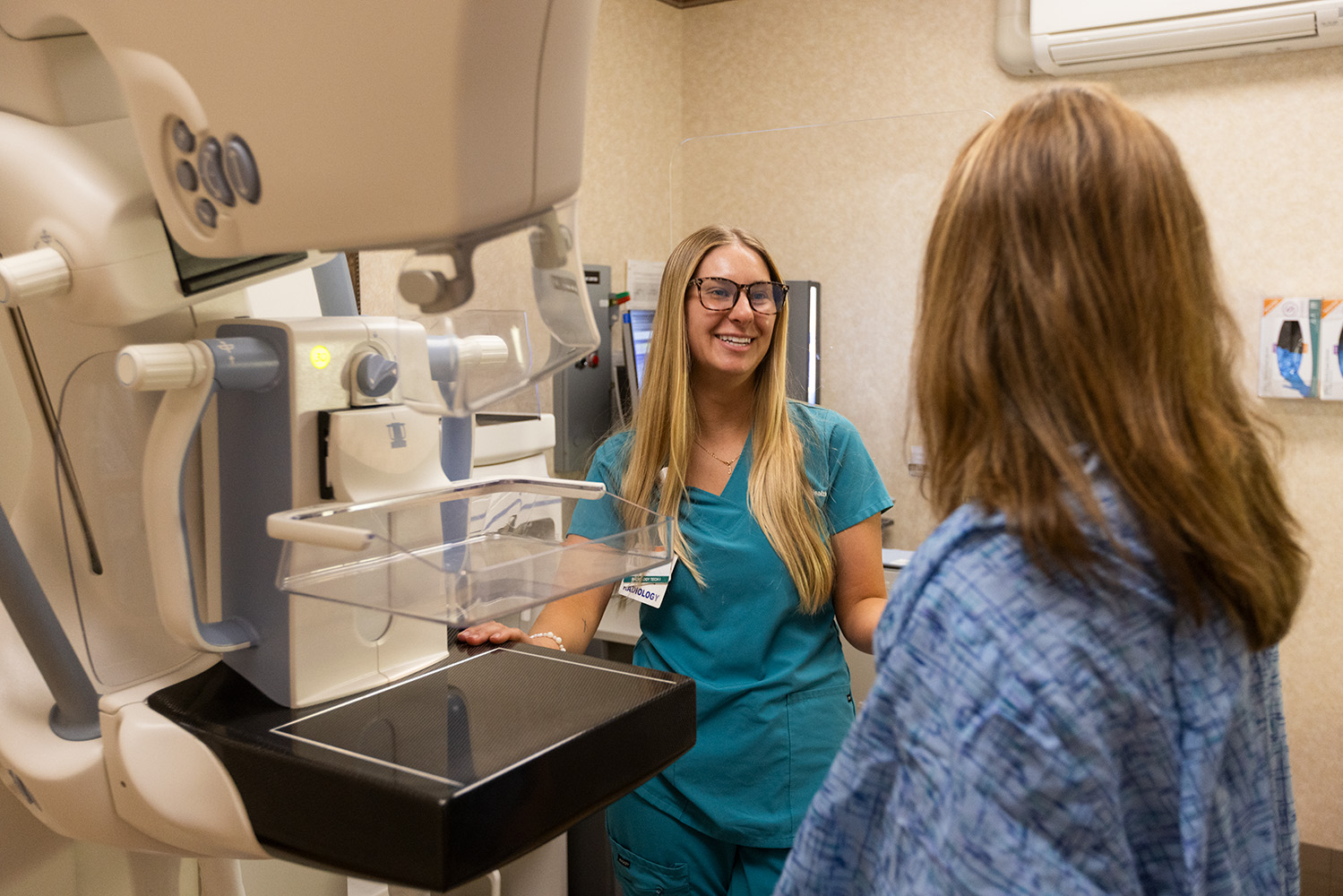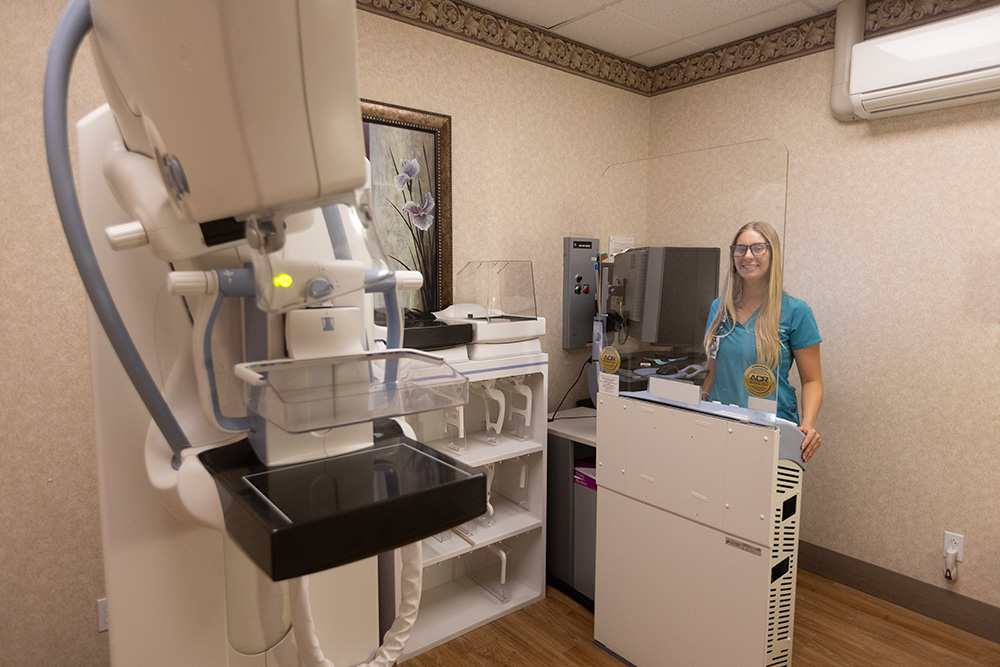Get Our Help
Experience top-tier subspecialty diagnostic and interventional radiology services in San Luis and neighboring communities. Elevate your healthcare with us.
805-542-9700


Mammography
Mammography is a specific type of imaging that uses a low-dose x-ray system and high-contrast, high-resolution film to examine the breasts. Most medical experts agree that successful treatment of breast cancer is often linked to early diagnosis. Mammography can play a critical role in early detection of breast cancers because it can show changes in the breast up to two years before you or your physician can feel them. Current guidelines from the US Department of Health and Human Services (HHS), the American Cancer Society (ACS), the American Medical Association (AMA), and the American College of Radiology (ACR) recommend annual screening mammography beginning at age 40.
The National Cancer Institute (NCI) adds that if you have had breast cancer or are at increased risk due to a genetic history of breast cancer, you should seek expert medical advice about whether you should begin screening before age 40 and about the frequency of screening.
Initial mammographic images themselves are not always enough to determine the existence of a benign or malignant disease with certainty. If a finding or region seems suspicious or simply unclear, your radiologist may recommend additional mammogram images or further diagnostic studies.
A mammogram takes approximately 15 to 20 minutes.
Breast MRI
An MRI is sometimes used as a follow-up exam after a mammogram, especially if you have particularly dense breast tissue or implants. A breast MRI displays the various types of tissue within the breast and can differentiate between normal and abnormal breast tissue. Breast MRIs can also be useful if you have implants, as the MRI can detect abnormalities of the implant, such as rupture, leaks, and silicone within the breast.
For an MRI of the breast, you will lie on your stomach in the MRI scanner. This scan takes approximately 20 to 30 minutes per breast.
General Mammography Preparation
Before scheduling a mammogram, we recommend that you discuss any new findings or problems in your breasts with your doctor. In addition, inform your doctor of any prior surgeries, hormone use, and family or personal history of breast cancer.
Do not schedule your mammogram for the week before your period if your breasts are usually tender during this time. The best time is up to 10 days following your period. ALWAYS INFORM YOUR DOCTOR OR X-RAY TECHNOLOGIST IF THERE IS ANY POSSIBILITY THAT YOU ARE PREGNANT.
Take a shower the morning of the exam and do not apply deodorant, perfume, or powder to underarms or breast area after your shower. Prior to your exam, describe any breast symptoms or problems to the technologist performing the exam. If possible, obtain prior mammograms taken at another facility and make them available to the radiologist at the time of the current exam.
Before the examination, you will be asked to remove all jewelry, any metal objects, and clothing above the waist. You will be given and asked to put on a gown that opens in the front.
Breast Cancer
Screening

Mammography & Imaging - Dense Breasts

